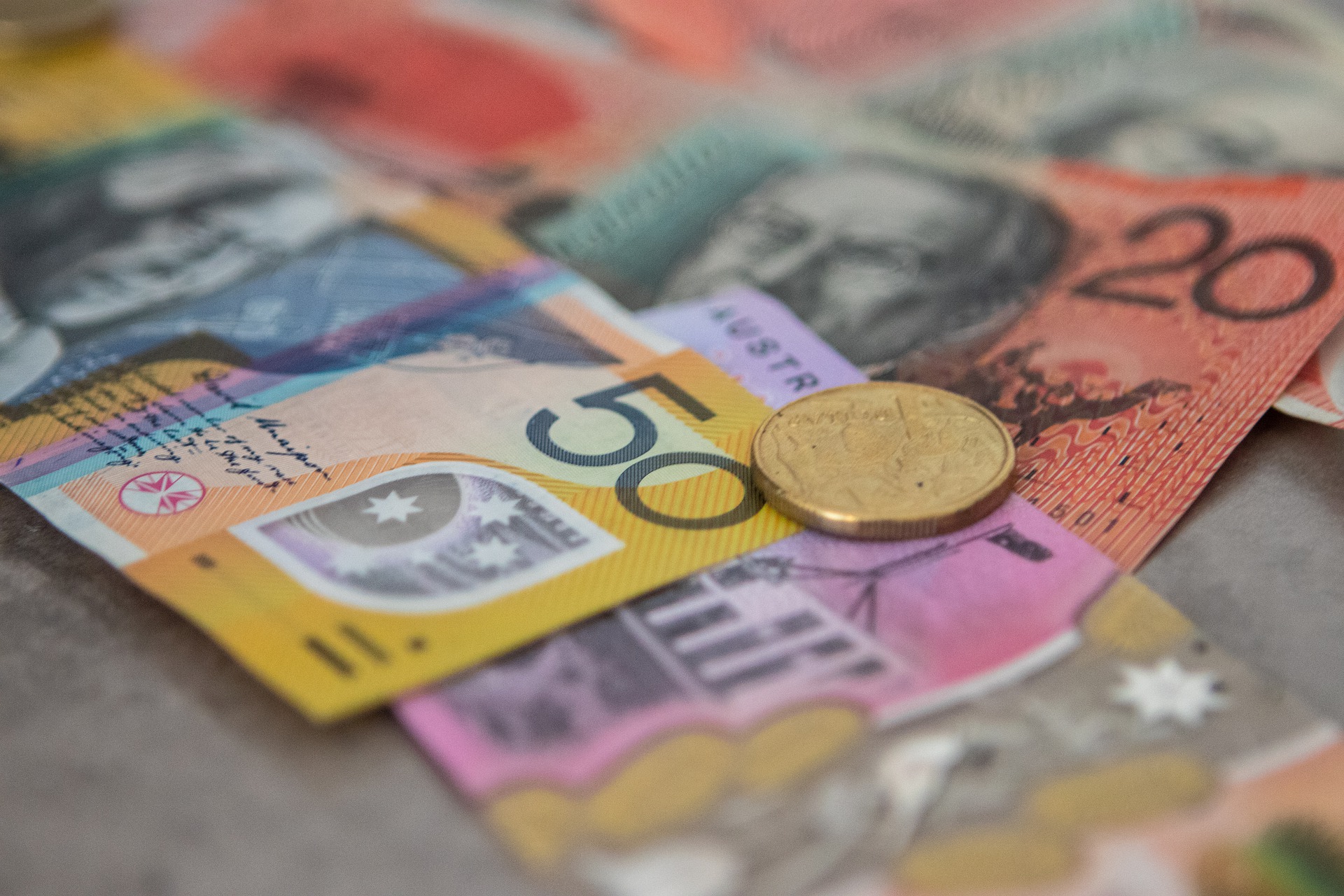The Australian Dollar started the week on a positive note, moving towards the 50-day EMA. However, on Tuesday, the AU to US Dollar moved lower towards 0.7306.

AUD/USD found resistance at the 0.7350 levels and took a downward direction on Tuesday. The rising value of the US Dollar is another reason for the downfall of the Aussie Dollar to US Dollar.
AU to US Dollar Moves Lower on Tuesday
The Aussie Dollar to US Dollar found resistance at the 100 SMA placed at 0.7368. The AU to US Dollar lost its positive momentum gained at the beginning of the week and moved lower.
The Australian economy is slowly limping back to normalcy after the pandemic lockdown restrictions are easing up. However, the growth in the economy is much slower as inflation is high. Consumer confidence has to move higher for better economic activity. The AU to US Dollar resumes its downtrend on Tuesday, November 16, 2021.
The vaccination rollouts have been successful, and the economy may have an upmove from the pandemic. Sydney and Melbourne saw higher activity after the removal of lockdown restrictions.
AIG Construction Index improved to 57.6 in October from 53.3. In August, it was at a one-year low at 38.4.
Retail Sales m/m remains the same at 1.3% in September. There is a slight improvement in the country’s retail trade. Sales rebounded in clothing, footwear, household goods, restaurants, and café. Retail sales decreased to 3.1% in July 2021, from what it was in the same period in 2020.
AIG Services Index has gone up f from 45.7 to 47.6. It reflects the business condition prevailing in the economy. Though it saw a small increase, it remains below the 50 levels, which is negative for the currency.
Westpac Consumer Sentiment surged from -1.5% to 0.6%. The consumer sentiment index is almost similar to the data in October 2020 at 105.0, says chief economist at Westpac, Bill Evans.
Employment change is at -141.1k to -46.3k. It is a significant rise indicating that things are getting better in the country.
The unemployment rate shows improvement from 4.6% to 5.2%. After the economy reopened from the pandemic, business activities improved. New orders help to create more employment in the country. The AUD/USD went lower in the last week of October, with the pandemic affecting selective regions in Australia, especially in Sydney and Melbourne. Though Australia combated the pandemic infections well, sudden spurts of coronavirus infections are a worry for health authorities.
RBA Keeps Interest Rates Unchanged
Inflation is the chief problem in Australia. The Reserve Bank of Australia said on Tuesday that they do not expect a rate rise in 2022. Cash rates will increase by 2024, says RBA. Interest rates in Australia are at record lows at 0.1%.
Inflation has to remain within the 2% to 3% target range. Rate hikes can come only when wages and job targets get better, say bank authorities. Employment levels will improve only when businesses move back to pre-pandemic levels. Once business confidence improves and production increases, the economy will move back to the positive zone.
Energy prices have come down with wind and solar energy coming to the rescue. The energy crisis that rages across the UK and China left its mark on Australia. A sharp surge in crude prices contributed to the rising inflation. The AU to US Dollar exchange rate is slowly drifting lower in November, with rising inflation concerns.
US Dollar Surges Higher
High inflation in the US weakened the Australian Dollar.
Meanwhile, the US Dollar is at the 16-month highs supported by the Fed’s hawkish approach. The DXY is at the levels last seen in July 2020.
Inflation will force the Fed to hike rates soon, by July 2022, expect analysts. It helped to accelerate the US Dollar Index higher.
China on Upbeat Data
Chinese economic data dictates the direction of the Australian Dollar. With strong data inflow from China, the Australian Dollar moved positively at the start of the week. China is the largest trading partner China. Industrial production in China gained 3.5% year on year, from the previous figures at 3.1%. The unemployment rate remains unchanged, with the corona pandemic infecting people again. Lockdown in several places hampered economic activities in the country, and imports from Australia have come down.
China increased tariffs on Australian exports, which affects trade between the two countries. Economic data from China is good, with growth in production and manufacturing. The October retail sales in China show improvement, and the consumer confidence index has gone down from 109 to 106.0.
AUD/NZD Moves Higher
New Zealand exports wood, edible fruits, and electrical and electronic equipment to Australia. Both countries have a compatible relationship with one another in trade.
Foreign direct investment by Australia into New Zealand is at 57 billion New Zealand Dollars. By the CER agreement, both Australia and New Zealand can invest in each other’s countries.
The Aussie Dollar to NZD Dollar was on an uptrend for the past five trading sessions. The AUD/USD took support at the 1.0342 levels moving with a positive bias.